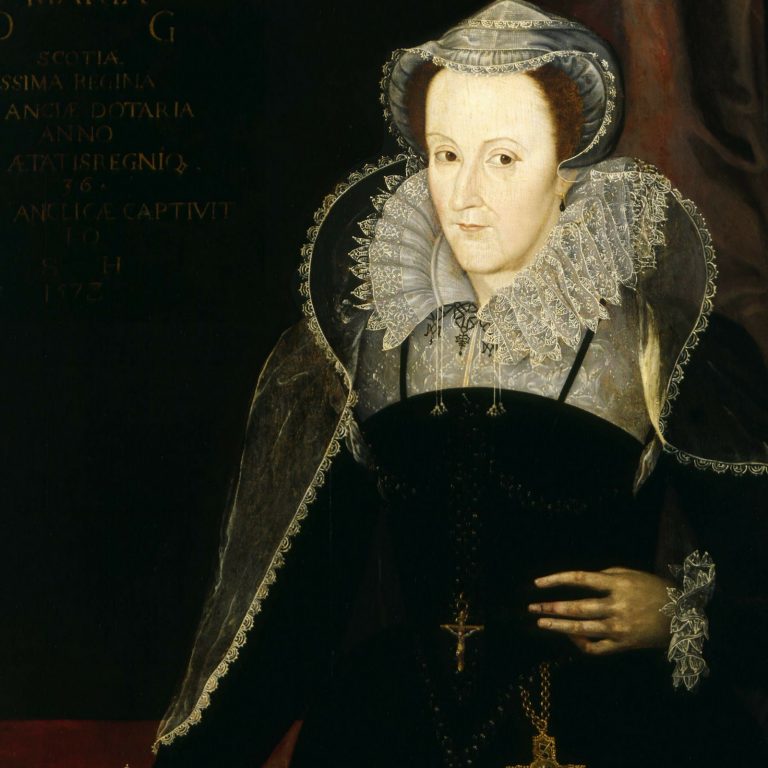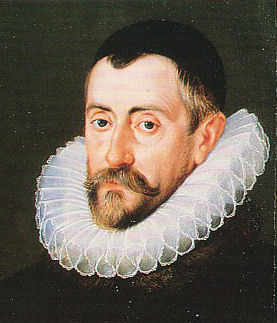
The history of our benefactor – cryptography – is one filled with intrigue, drama, religion, statecraft, tinkerers, amazing minds, and so much more. In the first of a series, News.Bitcoin.com examines a crypto tale to illustrate its wonderfully colorful development and usage. This particular instalment recounts a 432 year-old plot to kill a queen, and how early forms of cryptography were coveted weapons in the broader battle for Europe’s very soul.
Also read: Massachusetts Censures Five ICO Crypto Startups in a Single Day
Crypto as Life and Death in 1586
A letter meant for Mary Queen of Scots found its way to the desk of Francis Walsingham, England’s preeminent spy master. His charter was to protect the Queen, as in England’s protestant Queen Elizabeth. He was the 16th century’s version of James Bond, if 007 was on steroids.
 Mr. Walsingham
Mr. Walsingham
For the time, rudimentary encryption was something of an arms race. Messages had to be relayed back and forth with the risk of falling into the wrong hands. As such, ever-new and inventive ways to hide their contents were of the utmost importance. Mr. Walsingham was among the first statesmen to recognize encryption’s power, and so a sizeable portion of his budget was allocated to employ coders and code breakers.
A major challenge for all that effort came when the Queen Elizabeth’s cousin, the very Catholic Mary Queen of Scots, was driven out of Scotland. As a way to protect Mary, the protestant Queen Elizabeth offered conditional sanctuary. To appease her protestant base, and the increasingly powerful Mr. Walsingham, Elizabeth placed Mary under a kind of house arrest, fearing her very presence could spark a revolt among England’s Catholics still smarting over what they considered usurpation, believing Mary the nation’s rightful monarch.
By all accounts, for much of her life Mary was a babe: tall, flawless complexion, she often caught the fancy of Catholic noblemen who would pledge their allegiance and devotion. Anthony Babington was among them. He is best described as a country gentleman who, after having met Mary, pledged his life to freeing Mary and restoring Catholicism to England.
Substitution
Mr. Babington dreamed of an outright foreign Catholic invasion of England, assassinating Queen Elizabeth, and freeing Mary. The three-part project was bold, but he soon found collaborators. For any of it to take pace, Mr. Babington would have to get Mary’s blessing. The consequence of such an insurrection, even just in its beginning stages, would surely carry a traitor’s gruesome death for himself, his conspirators, and Mary.
In order to alert her of his machinations, Mr. Babington relied on an ancient method of encryption: substitution. As much as two thousand years ago, ancients knew to split the alphabet, forming pairs, allowing for simple encryption. Each letter would automatically trigger another, potentially frustrating an interceptor. The method was advanced to include substituting symbols for letters, as in the Pigpen cipher, which uses shapes surrounding letters.



